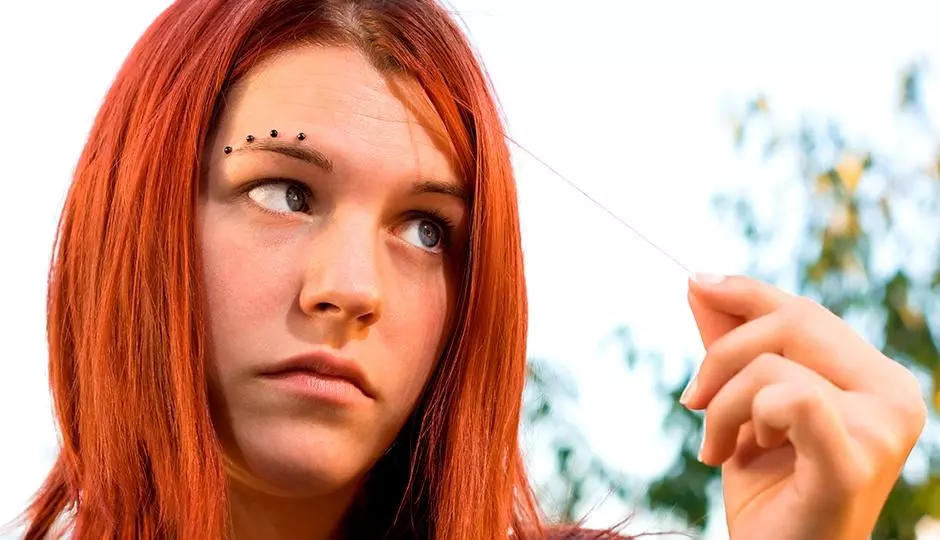Trichotillomania, also known as hair-pulling disorder, is a mental disorder that involves repeated, irresistible urges to pull hair out from the scalp and other areas of the body. The condition may be mild and manageable for some people, while others cannot overcome the urge.
Hair-pulling disorder often involves unique routines or rituals accompanying hair-pulling incidents, such as chewing or eating the hair or playing with it across the face or lips. Some people can find relief by removing hair from dolls or pulling threads from clothes or blankets, but usually, attempts to stop or lessen the frequency of incidents is unsuccessful.
There are two types of trichotillomania; automatic and focused.
Automatic hair pulling is a subconscious act, with many people pulling out hair without even realizing it. Automatic hair pulling is often triggered by certain positions or activities, such as reading a book or watching TV.
Focused hair pulling is a conscious act performed intentionally to relieve negative feelings and bring about a sense of relief or pleasure. This type of trichotillomania frequently involves elaborate rituals that accompany the incident, such as finding a specific hair.
Treatment and Therapy For Trichotillomania
One of the most prominent treatments for trichotillomania is a psychotherapy technique called Habit Reversal Training or HRT. The method was developed in the 1970s for treating hair pulling, nail-biting, and other repetitive disorders. HRT consists of three components; awareness training, competing response training, and social support.
Awareness training teaches the individual how to recognize what factors trigger their hair-pulling incidents and typically involves keeping a journal to track places, times, circumstances, and other information that preceded the incident. Often, these records will show a pattern of behavior, such as pulling hair while watching TV.
Competing response training teaches people to respond to a known trigger with a response other than hair pulling, such as clenching their fists. The individual performs the competing response any time they have the urge to pull their hair to help them overcome the feeling.
Finally, social support enlists the aid of family and loved ones to help the person recognize trigger situations and remind them to use their competing response. Family and friends can also support and reinforce behavior when a person successfully resists the urge to pull hair.
Several other behavioral therapies can enhance HRT therapy. For example, group therapy is often helpful for people that feel alone or ashamed of their experience. In addition, dialectical Behavior Therapy is an approach that can improve mindfulness and emotion regulation, and Acceptance and Commitment Therapy helps individuals learn to tolerate the urges to pull hair without acting against them.
Self-Help Tips For Trichotillomania
While therapy provides the best long-term solution, there are strategies that people can use to help control their hair pulling. One of the most effective steps an individual can take is to learn and minimize their triggers. For instance, if you know that sitting in a particular chair to read a book is a trigger, change your habit and find an alternate reading location.
If your hair pulling is automatic and done subconsciously, recruit your friends and family to observe you and alert you to trigger situations or if you begin pulling your hair. In general, the more times a person can resist the compulsion, the easier it is to fight it in the future.
Often considered a bad habit, trichotillomania is a complex mental disorder that can do permanent damage to the hair and scalp. The symptoms of trichotillomania may come and go over months or years, but the condition usually worsens without proper treatment. While trichotillomania is a complex disorder, there are treatments available to help.
At New Image Hair Clinic, our team of experts understands all types of hair loss conditions, and while trichotillomania is a complex condition, we can help you get it under control.
Trichotillomania is more common than you might think, but help is available. If you are finding it difficult or impossible to stop pulling out your hair or feel embarrassed by your hair pulling, don't wait. Contact us today and schedule your FREE initial consultation to learn how our team of specialists can help you find a solution.

